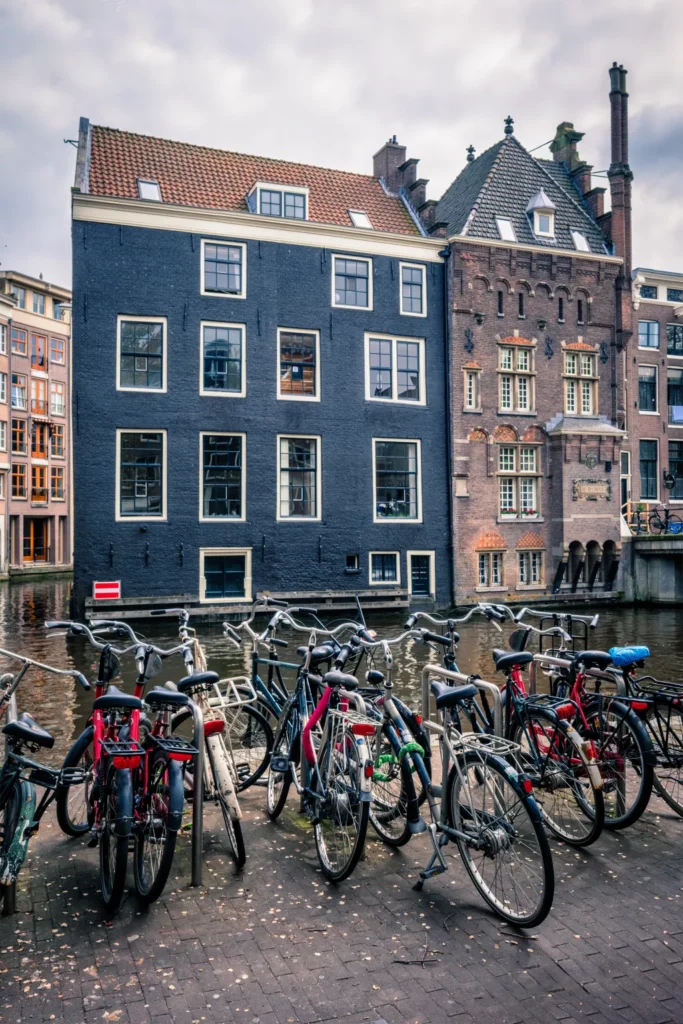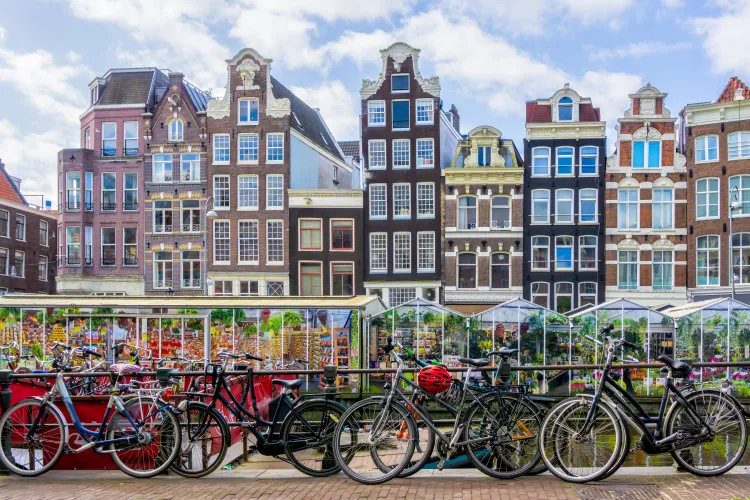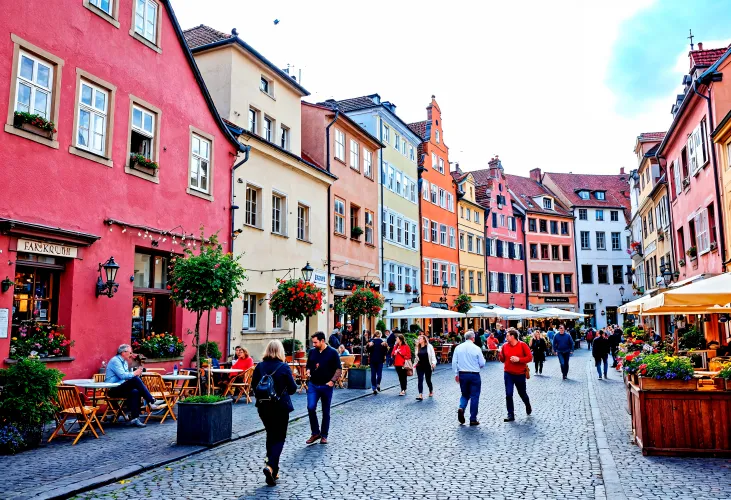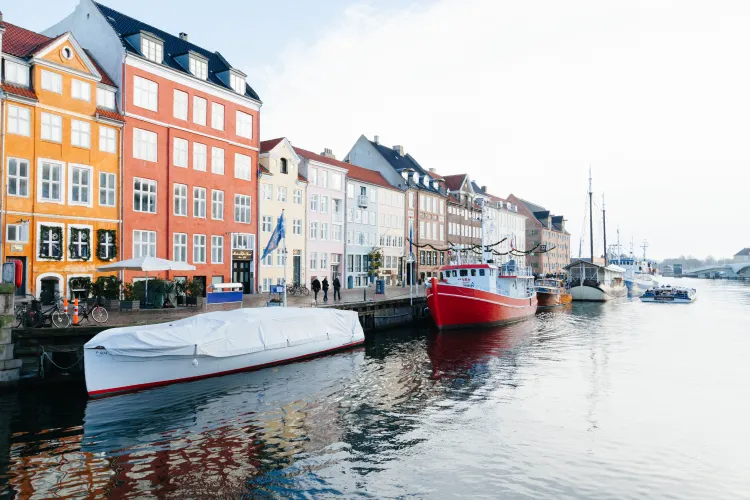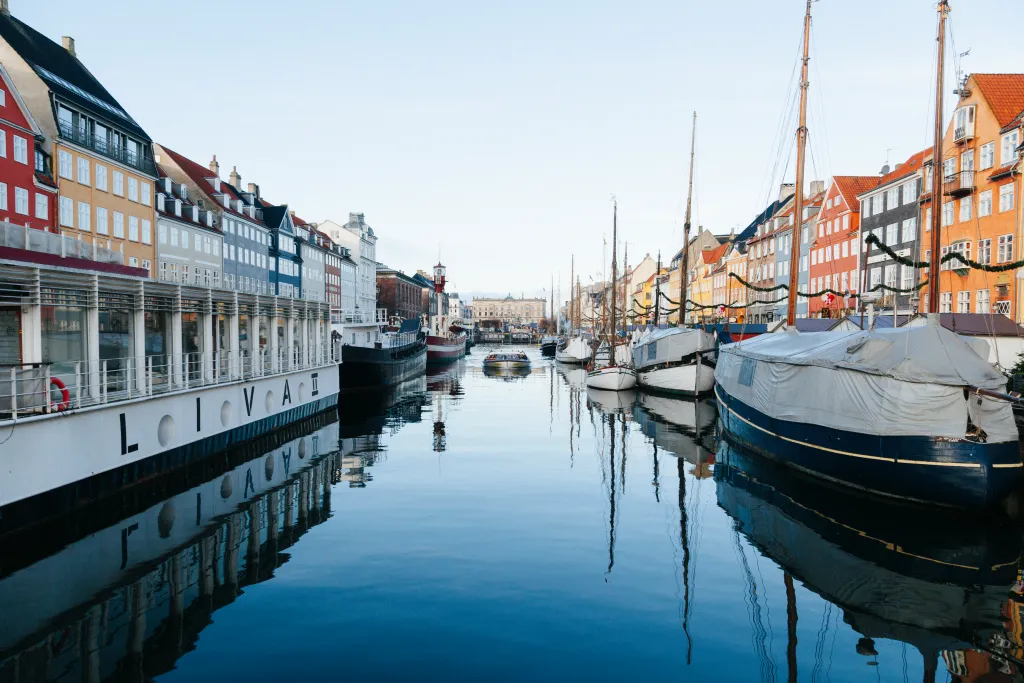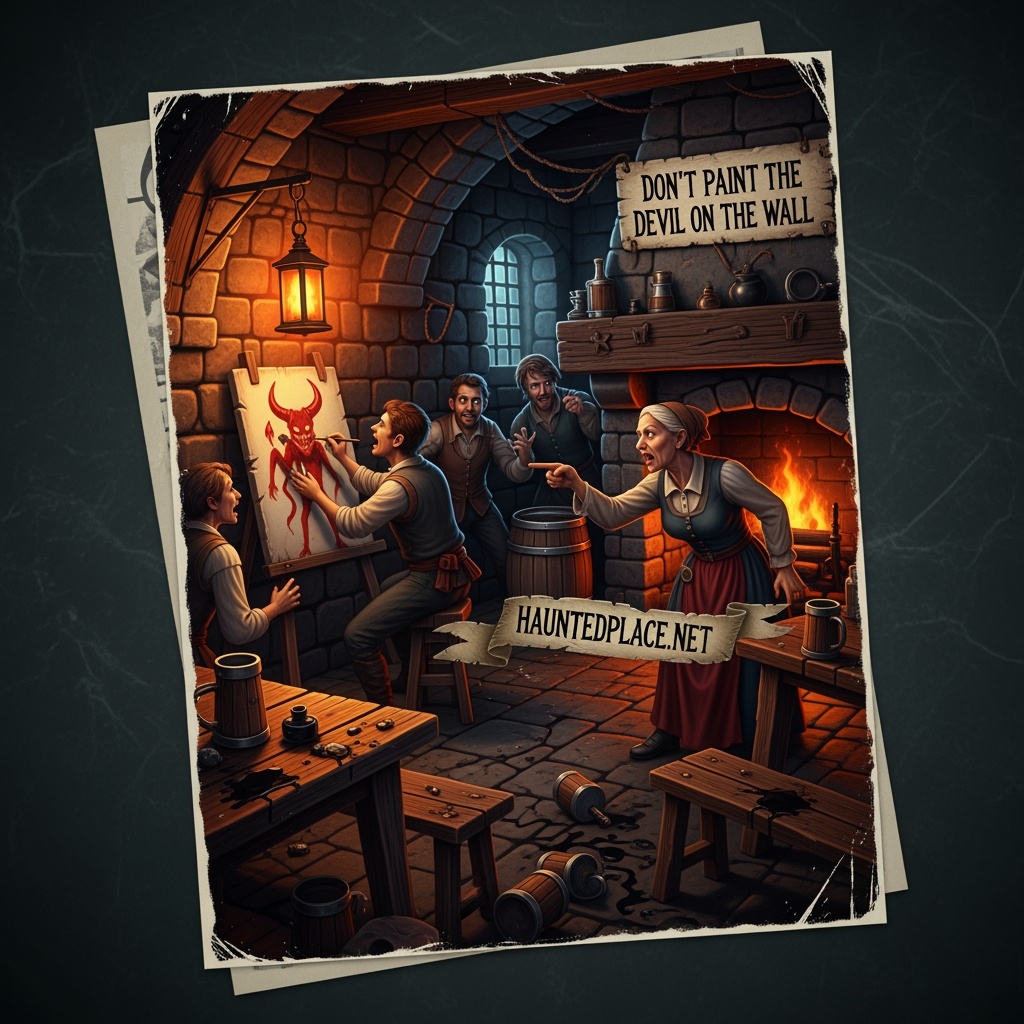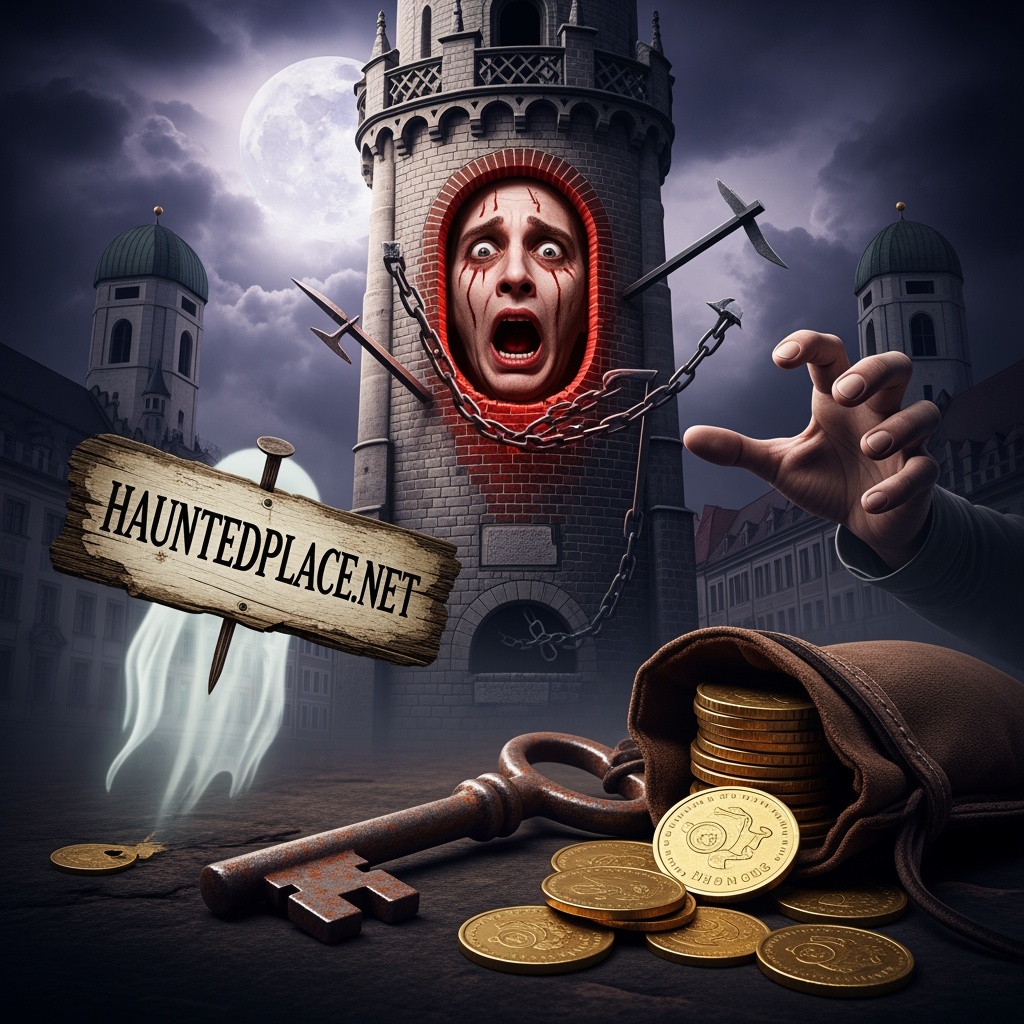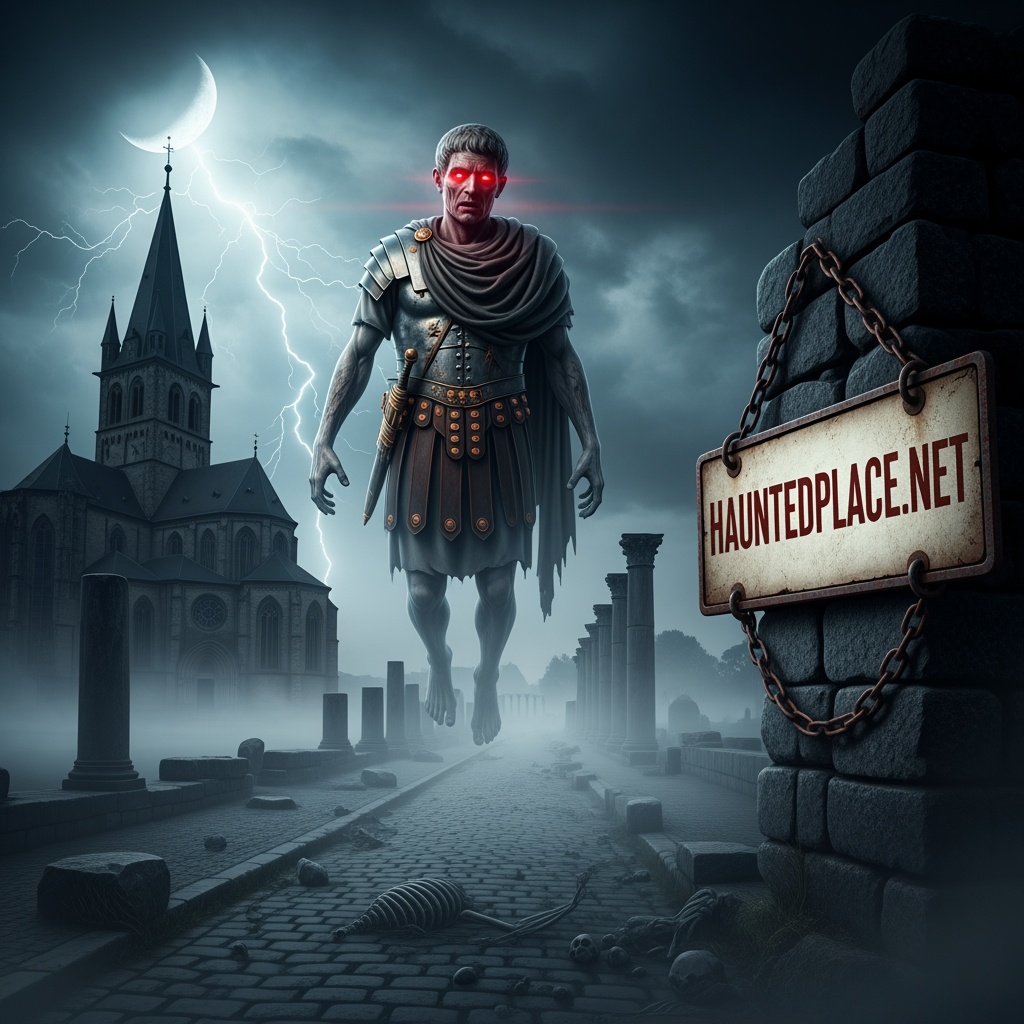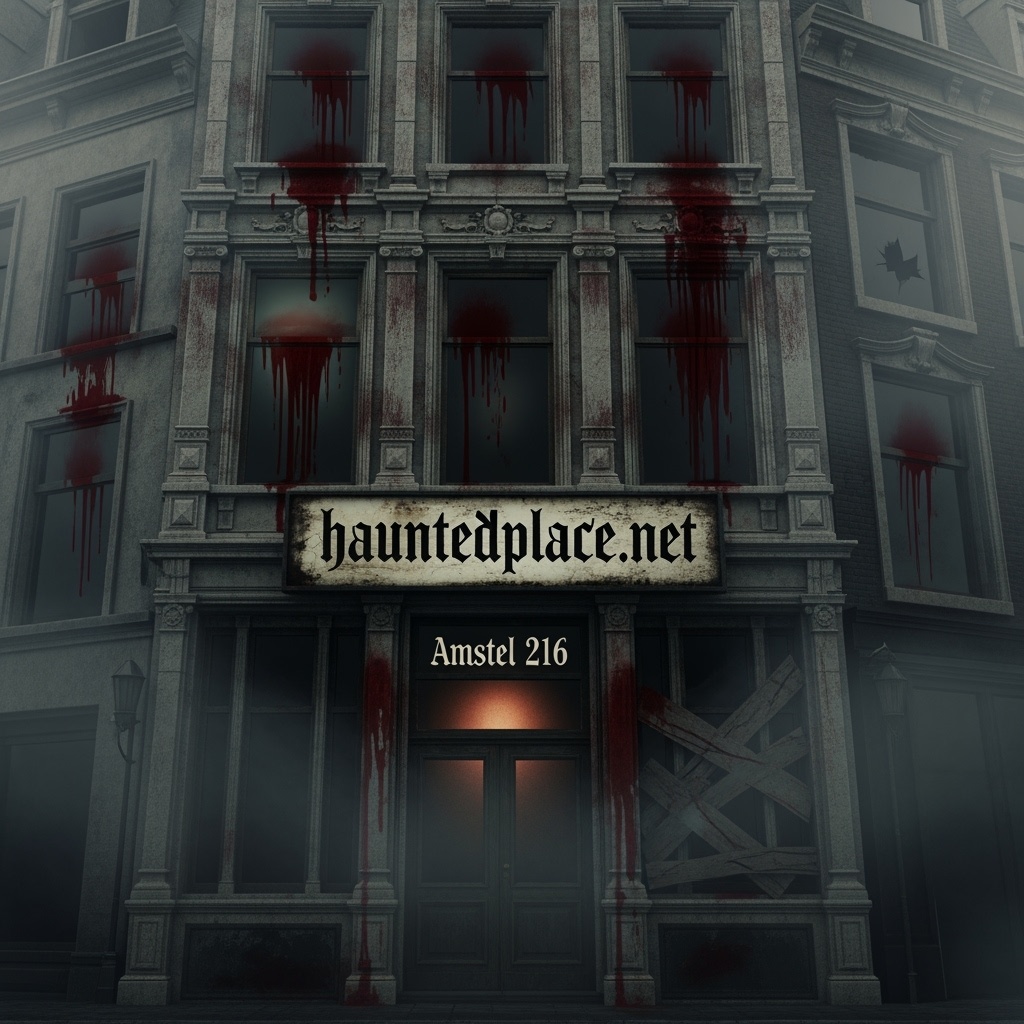
In the winding alleys of Amsterdam, where the past and present are in constant competition, there is a building that makes even the coolest city dwellers shudder. It is the house at Amstel 216, an old building with a facade adorned with something sinister – bloodstains. For centuries, they have withstood rain, wind, and the most painstaking cleaning attempts. It is said that they are not just any stains, but the legacy of a tragic fate. The legend tells of Conrad van Beuningen, a former mayor who was in the prime of his life until he lost his mind. In what was then a tranquil city, he was known for his strict laws and unshakeable morals. But the more power he gained, the more he lost touch with reality. One night, when the moon hung bright in the sky and the streets of Amsterdam were quiet, he is said to have wandered along the Amstel, driven mad. Suddenly, he stopped and began cutting his arms with a broken piece of glass, according to the older residents of the city. Eerie enough, but the real horrors were hidden in the shadows of the night. Van Beuningen, driven by his inner demons, screamed loudly as blood flowed in streams down the facade of the house. It was a sight that made even the bravest souls’ blood run cold. Legend has it that these bloody traces symbolize a kind of curse that haunts the city. Even after the mayor died and his name was forgotten, the stains remained—an eternal testimony to his madness. The residents around Amstel 216 have grown accustomed to the bloody remains, but the stories surrounding them are anything but ordinary. Tourists and curious onlookers come time and again to take a look at the mysterious stains. Some claim that at night, when the wind blows, you can hear faint cries—the echo of Conrad van Beuningen’s torment. Some believe that the stains come from a supernatural force that protects the city, while others believe they are a sign of the dark side of human nature. A certain Mr. Kees, an old storyteller who often sits in the café on the corner, tells anyone who will listen that the story of Amstel 216 is important so that the mistakes of the past are not forgotten. “The bloodstains are a warning,” he says in a raspy voice. “They remind us of what happens when we lose control.” His gaze wanders over the asphalt streets, and you might think he can see into the shadows himself, as if the ghostly specters of yesteryear still wander there. So the stories about Amstel 216 continue, from generation to generation, and it seems that the bloodstains in the city will never disappear. No matter how often someone tries to remove them, they remain, an eternal reminder of the dark chapter in the city’s history. And as the sun rises and sets over Amsterdam, the question remains: What is real? The madness of one man, or the dark secrets we carry in the shadows of our own hearts? In the years to come, the house at Amstel 216 will continue to attract people’s curiosity and fear. And as we all walk through the streets, it might be better to keep our eyes on the facade and consider what we really see there. Because sometimes the deepest secrets are not to be found in stories, but in the bleeding walls that silently tell what we would rather ignore.
